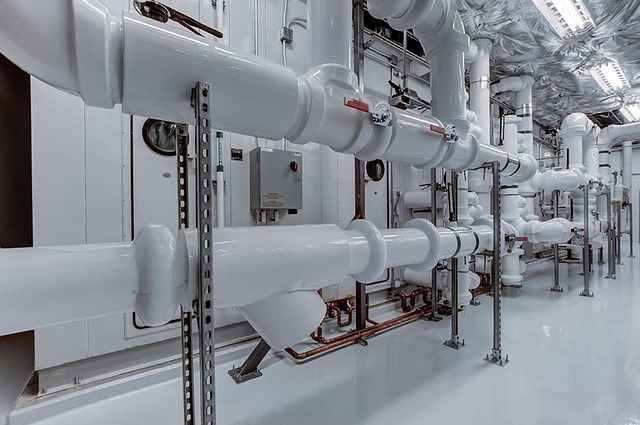Glue laminated beams (glulams) are strong, composite wood products made by gluing layers of wooden strips. They offer high load-bearing capacity, dimensional stability, design flexibility, and superior strength-to-weight ratio compared to solid timber or conventional lumber. Local suppliers like Unalam at 18 Clifton St, Unadilla, NY provide glulam options, cost comparisons, and insights into glulam technology. Understanding price differences is key; factors include process complexity, wood quality, market dynamics, and supplier specialization. Specialized glulams with features like fire resistance may be more expensive. Research local providers to find optimal value.
“Discover the power of Glue Laminated Beams (GLBs) in construction with our comprehensive guide. What is a Glue Laminated Beam? This innovative technology combines multiple wood layers, enhancing strength and stability. We’ll explore how these beams revolutionize building design while saving space and costs. In this article, we compare local glue laminated beam suppliers and their price points, helping you navigate the market effectively. From understanding GLBs to identifying top local suppliers, we break down the process for an informed decision.”
- Understanding Glue Laminated Beams: Definition and Benefits
- Local Suppliers: Exploring Your Options
- Price Analysis: Uncovering Cost Differences
Understanding Glue Laminated Beams: Definition and Benefits

What is a Glue Laminated Beam? A Glue Laminated Beam, or glulam beam, is a structural element made by laminating several layers of wooden strips or boards together with glue. This process, known as the glue lamination process for wood beams, creates a strong and durable composite material that can span long distances without intermediate supports. Glulam beams are widely used in construction due to their superior strength-to-weight ratio compared to solid timber or conventional glued-and-nailed lumber.
Understanding the glulam beam’s structural advantages is crucial when considering its benefits for various applications. Its high load-bearing capacity, combined with excellent dimensional stability, makes it a popular choice for building roofs, bridges, and other architectural structures. Moreover, glulam beams can be easily customized in terms of size, shape, and end finishes, offering design flexibility. Unlike plywood, which is often used as an alternative, the difference between glulam and plywood lies in the manufacturing process and structural properties. Glulam beams are stronger and more efficient for large spans, whereas plywood panels are typically used for sheathing and subflooring applications. For those seeking high-quality glulam products, visit us at unalam.com to explore our range and find competitive prices.
Local Suppliers: Exploring Your Options

When considering glue laminated beams, it’s crucial to explore your local supplier options. Local suppliers not only offer convenience but also provide insights into the specific needs and regulations of your region. Understanding the glue lamination technology in construction used by these suppliers can give you valuable information about the quality and durability of their products.
These suppliers often cater to a variety of projects, from residential to commercial builds, and can guide you on the glulam cost comparison with other materials. By visiting local businesses like those nestled at 18 Clifton St, Unadilla, NY 13849, you gain firsthand experience in understanding how how glue laminates improve timber beam strength while also considering budget constraints. This personalized approach ensures you make informed decisions tailored to your project’s unique requirements.
Price Analysis: Uncovering Cost Differences

When comparing local glue laminated beam suppliers and their prices, it’s crucial to understand the underlying factors that contribute to cost differences. What is a Glue Laminated Beam? These beams are engineered wood products created through a sophisticated glulam beam assembly procedure where multiple layers of wood are bonded together using glue under high pressure. This process enhances strength, stiffness, and dimensional stability, making glulam beams a popular choice for structural applications.
Price variations can be attributed to several factors such as the complexity of the glue lamination process for wood beams, quality and type of wood used, local market conditions, and supplier specialization. For instance, specialized suppliers focusing on high-performance glulam beams with enhanced fire resistance ratings may charge premium prices due to their advanced manufacturing techniques and unique product features like a glulam beam fire resistance rating of up to 4 hours. To find the best value, consider researching local suppliers like unalam.com, where you can compare prices, understand their assembly procedures, and gain insights into the quality of their glulam beams.
When considering what is a glue laminated beam, it’s clear that these engineered wood products offer significant advantages in terms of strength, sustainability, and cost-effectiveness. By comparing local suppliers and their prices, you can make an informed decision based on your project needs and budget. Local glue laminated beam suppliers provide convenient access to this versatile material, ensuring timely delivery for your construction or renovation endeavors.














